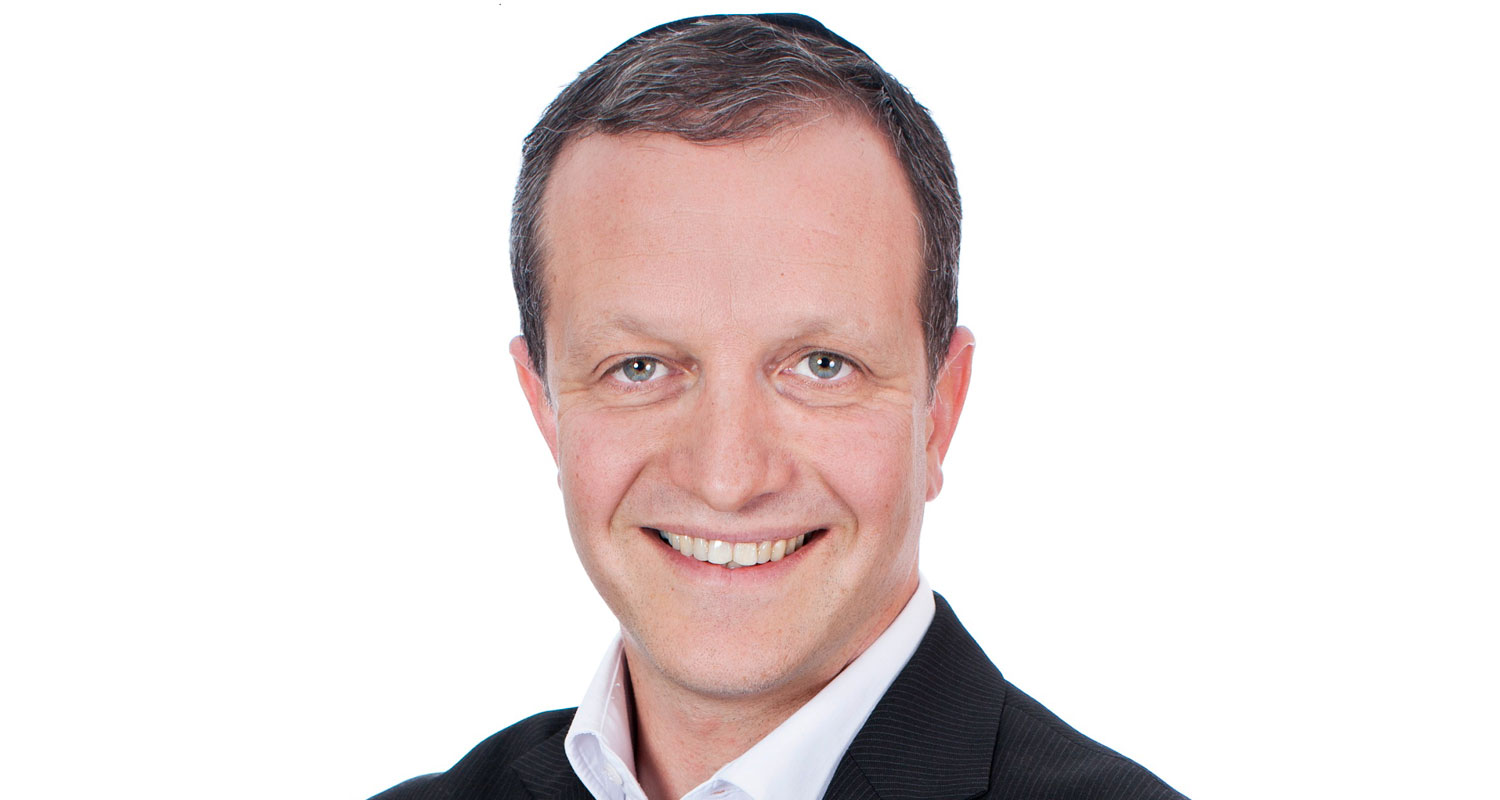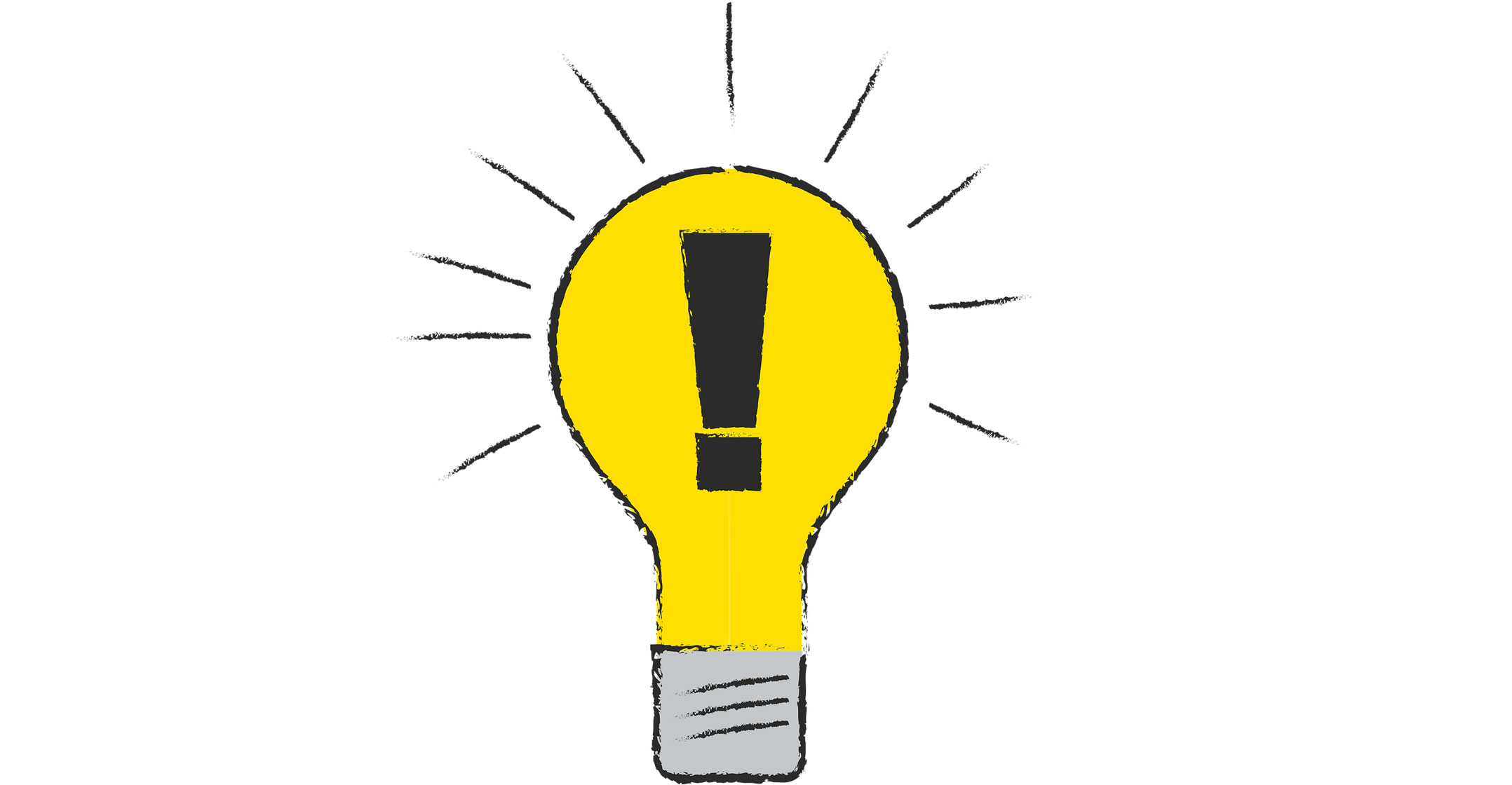
The patenting of “computer-implemented inventions” (software) is a fascinating area of intellectual property law that is constantly changing. Why is this and how did we get here?
The forerunner to modern software was punch cards, with each hole in the punch card representing computer data and instructions. This led early legislators to include punch cards under copyright law and exclude these from patent law. After all, the punch card (software) was well protected if you couldn’t copy the layout of the holes in the punch cards.
As software developed into the modern era, it quickly became apparent for software developers that copyright law was not adequate protection for their software as the software could often relatively easily be rewritten in another language, for example, and the copyright protection avoided.
What ensued has been an often-heated debate between two camps: to include software under the umbrella of patent law or not. The first view is that software should not be treated any differently to other forms of technology and should be fully patentable as long as it is new and inventive. The second view is that allowing the patenting of computer software stifles innovation.
In effect, what has happened is that the law around patenting of software in various countries has developed differently with two main approaches having been developed.
One approach allows software to be patented provided the functionality implemented by the software is new and inventive. This approach reflects the view that software should not be treated differently to any other form of technology. An example of this might be a new and inventive business method that is implemented in software which would be patentable in some countries.
‘Technical effect’
Another approach, and more widespread, is that software can only be patented if the software provides a technical effect, or put another way, provides a technical solution to a technical problem. Some examples of such “technical effect” software would be software that speeds up data transmission speeds or software that compresses data for better storage. In these countries, the example above of a new and inventive business method that is implemented in software would not be patentable.
The landscape is so ever changing that even last month, the high court of Australia, that country’s highest court, issued a split decision on the patenting of a computer software invention. Three of the judges found a patent covering a gaming machine including hardware and software was patentable, and three found the patent invalid based on the question relating to the patenting of computer software.
In South Africa, we, too, have a unique position. Our Patents Act, in section 25(2)(e), excludes software from patentability, but this is qualified by section 25(3) which effectively states that the exclusion applies only to the extent to which the invention relates to that subject matter as such.
At present, there is no case law in South Africa interpreting the meaning of these sections, and so we find ourselves in a grey are on what kind of software is patentable in South Africa.
 So, where does that leave software developers?
So, where does that leave software developers?
As this area of patent law is complex and continually changing, the best advice for software developers is that if they have developed software that they believe is new and inventive, they should not assume the software is not patentable. Rather, they should contact a patent attorney who is an expert in this field.
In South Africa, patents are not examined at the time of filing and are only examined if the patent is enforced or challenged. Additionally, a patent application cannot be filed for software that is already released into the public domain. This means software developers cannot wait for the first court case to be heard and then decide if they want to file for patent protection for their software. Rather, if they do want patent protection, they must file a patent application before they disclose their invention. The patent application will then be granted and the validity of the patent will only be determined at some point in the future when our courts issue their first decision on this point.
- The author, Lance Abramson, is partner at Spoor & Fisher

